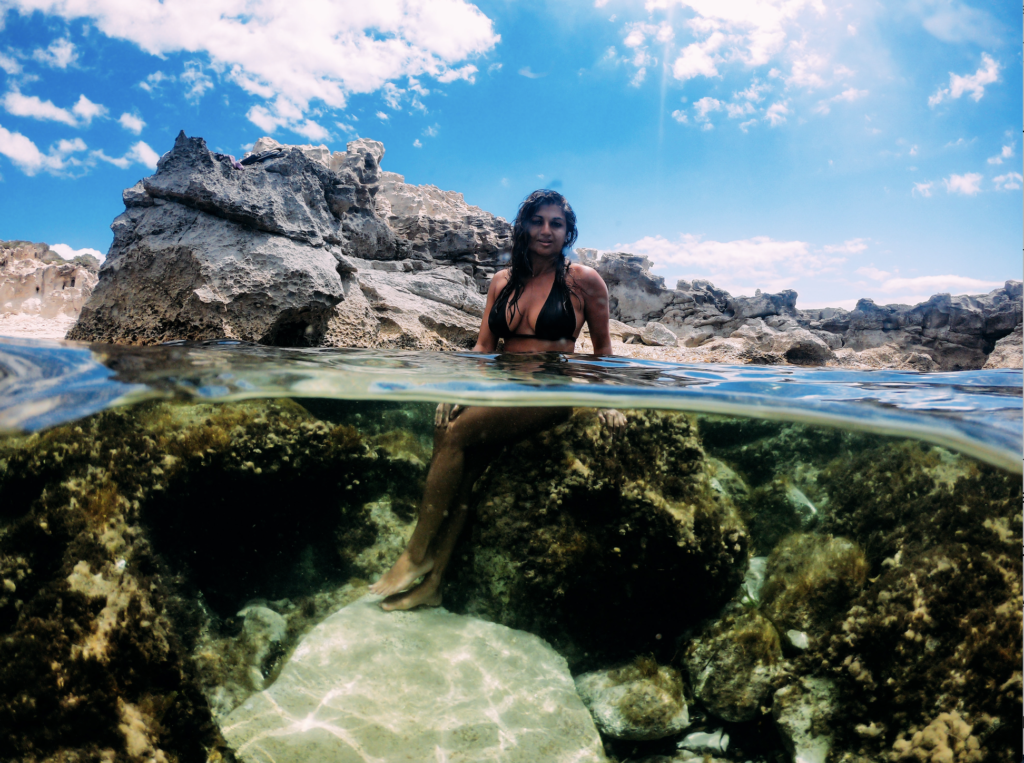
My favorite beach in Ibiza is Salinas. Why? Because no matter what changes or how many tourists flock to the island, Salinas stays true to the original, bohemian fun-loving spirit of Ibiza.
This October I return to my Goddess Island and I’m so excited to show you my home away from home and where I come to recharge. Together, we’ll explore Cala Plumas, chill out at Sa Trinxa and enjoy Ibiza’s famous endless summer sunset.
Salinas is wild and protected as a natural reserve. Phoenicians came here in the 8th century BC and set up their colony in Ibiza. They traded salt from Ibiza, a prized commodity and at the time, was called “white gold”.

There are a few restaurants dotting the road where travelers come for a bite to eat or a sunset drink.
But what I love most is the Salinas church. It stands guard in front of the lush expanse of salt flats and bird life where egrets, keels and osprey all graze and feed on the salty marshes.
The church was built in the late 18oo’s in typical Ibicenco architecture – white walls and a bell tower. It even has a shield of XX and YY even though it was never a part of that kingdom.
After some swimming, lunch, and a little dancing with the DJs at Sa Trinxa, I love to go Cala Plumas where all the coves are.
Cala Plumas
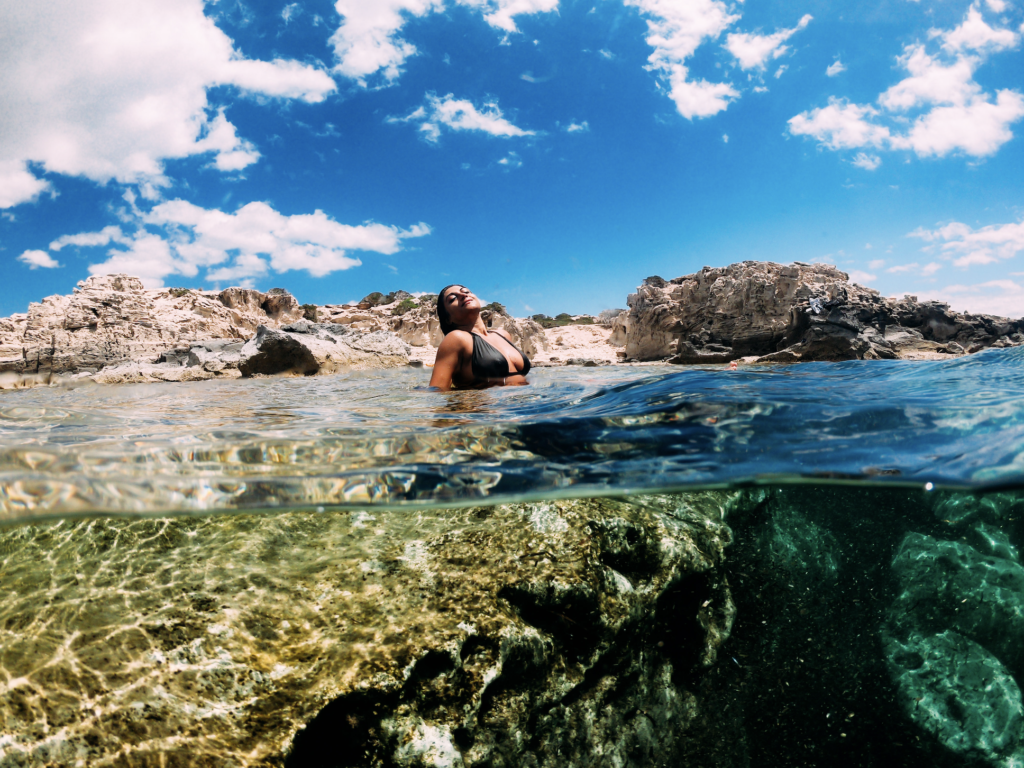
Every year when I come to Ibiza, this is my first stop. I’ve been coming here for twelve years so by now I’m a local and I have a community of friends who welcome me home every season.
The water here is a sea of blue jewels: turquoise, teal, green, aquamarine and emerald.
You can enjoy sunbathing and some alone time, write in your journal, explore or walk to the tower.
Every single cove is unique. Some have hidden caves while others have been sculpted with love by Ibiza artists. Here’s a very special cove with the most interesting sculpture, which I’m sure to took months to complete.
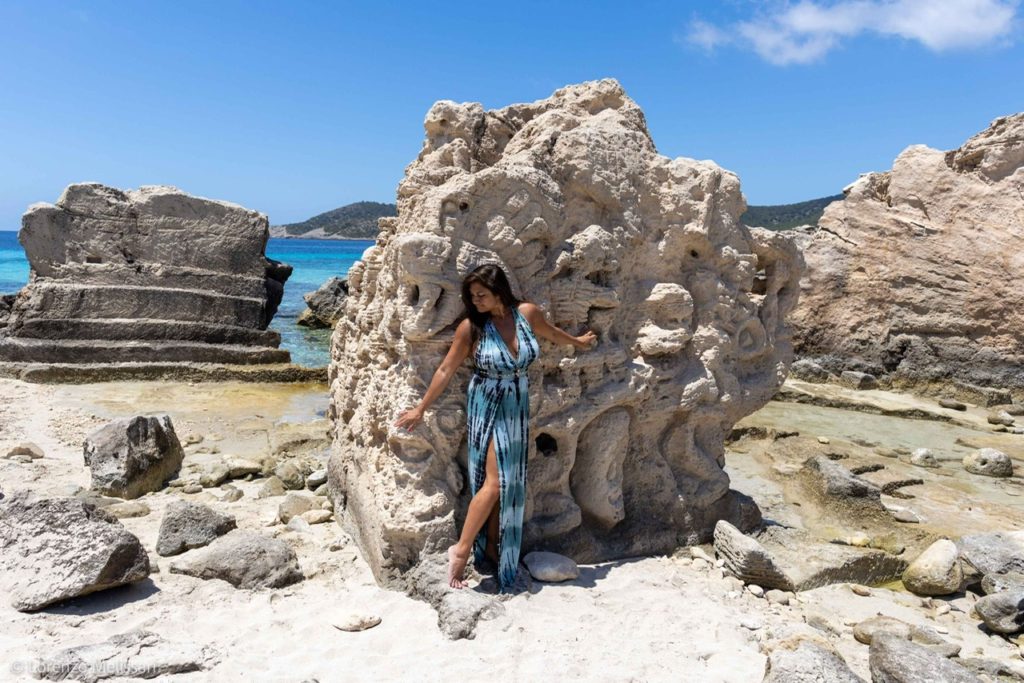
Another spot I love is a secret Salinas cave. I first came to this cave with Lorenzo and fell in love with her. Her silence and womb-like embrace touched my heart. Being inside her truly feels like being within the womb of the subterranean Mother. There are so many water caves like this Ibiza but I feel like this one knows me and waits for me.

Salinas has numerous coves to play, swim, explore and get lost in, which is what I do! The feeling in Cala Plumas is magical. It’s always serene here and I really feel I’m in a lost, ancient part of the island.
Spain was rich in silver, copper, tin and lead and other resources so it was natural for the Phoenicians to trade and settle here. Ibiza dates back to Neolithic times with evidence of its inhabitants living in its caves and in the Bronze Age, there is abundant evidence of Goddess worship.
Las Damas, Tanit’s priestesses, were found in southern Spain as well as Ibiza because the Phoenicians had established trading posts and towns on the Iberian peninsula probably before 1000 BCE. We know very little about Tanit’s mystery religion and its rituals and rites. The Romans burnt Carthage to the ground, with its libraries and sacred places, and massacred the entire population at the end of the Punic wars in 146 BCE. There was one place in Carthaginian Spain that escaped the destruction, and that was Ibiza.
Natural water temples
Ibiza is rich in natural beauty and the water feels ancient and magical. In Salinas, there’s an abundance of natural temples made from the dance of water and stone over millions of years.
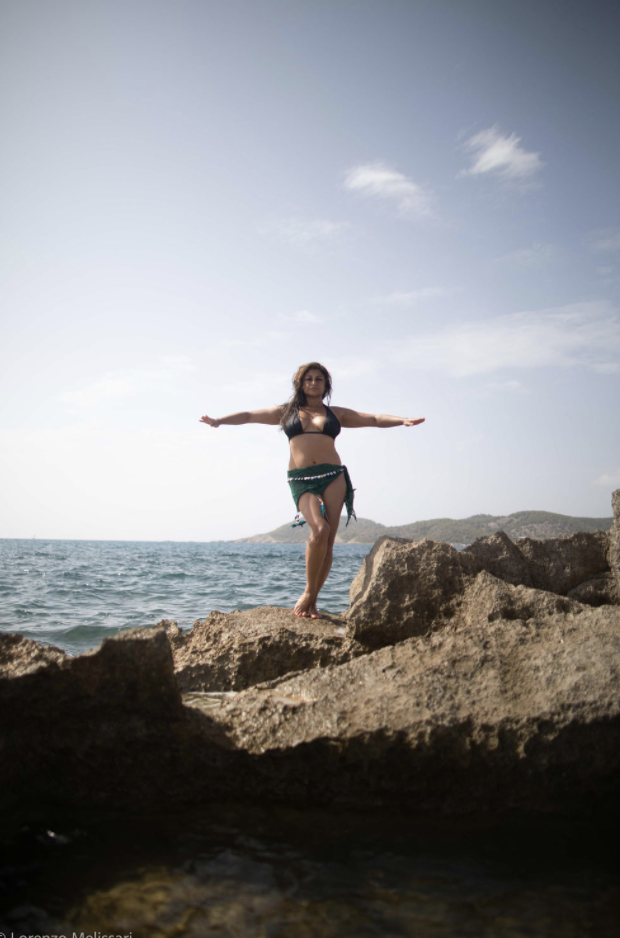
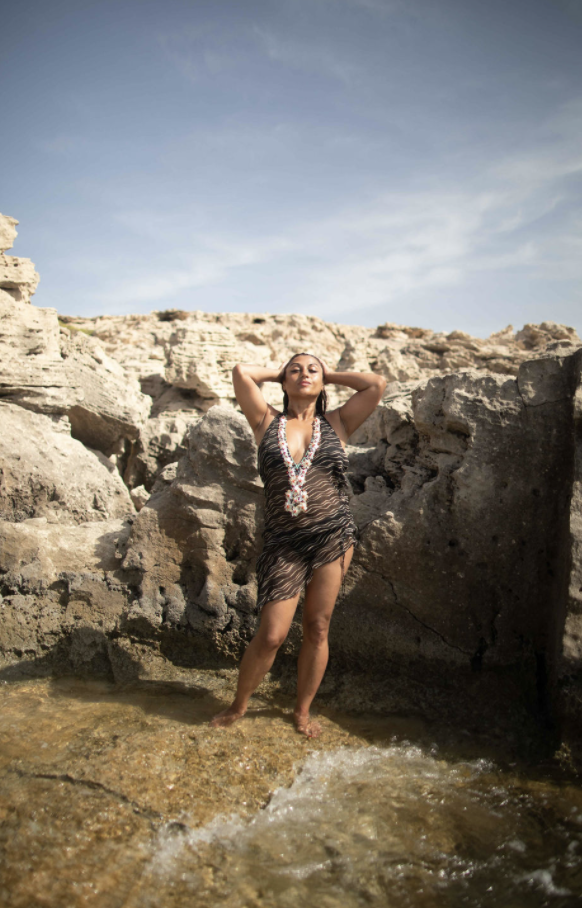
I hope you enjoyed our trip to Salinas. Until next time, keep your heart open and keep traveling.
Ciao from Ibiza!
Photo credits: Lorenzo Melissari






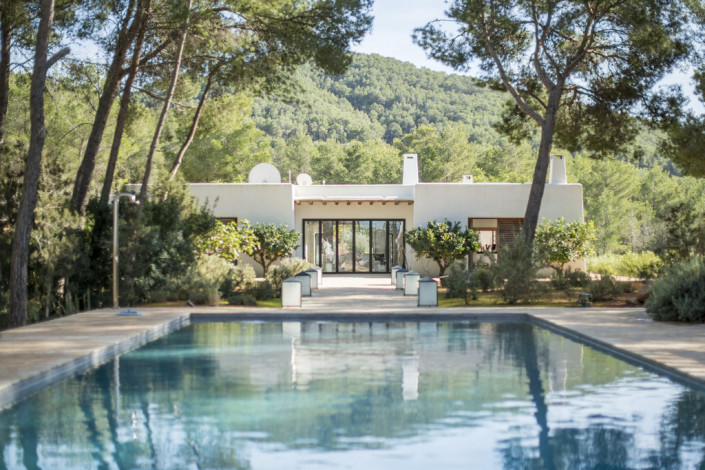
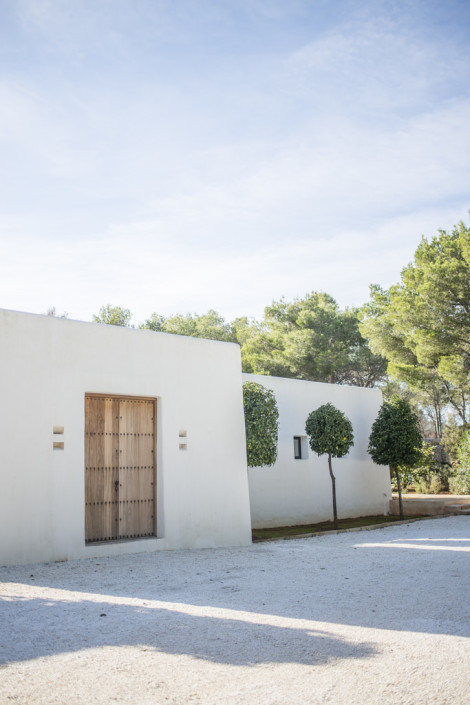

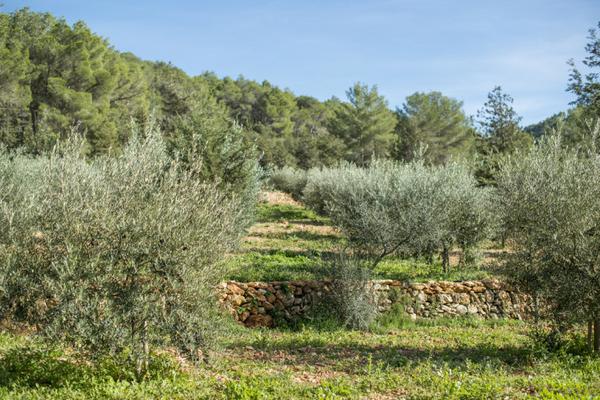
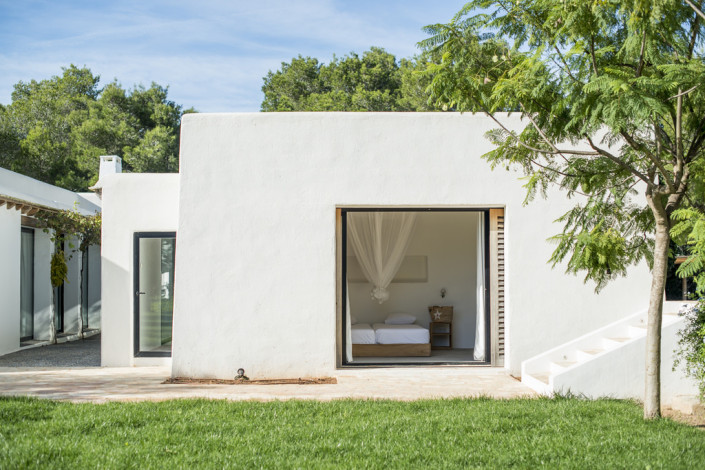
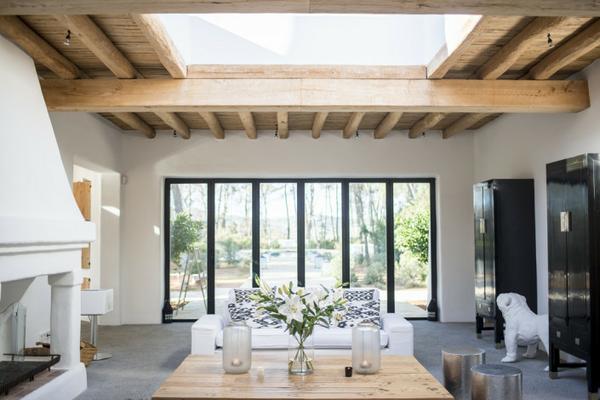
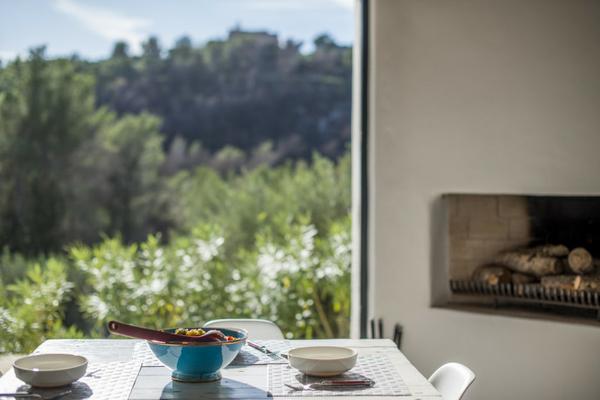
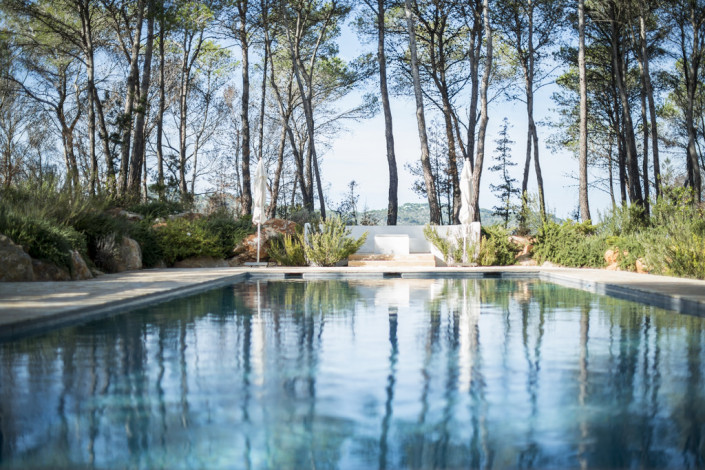


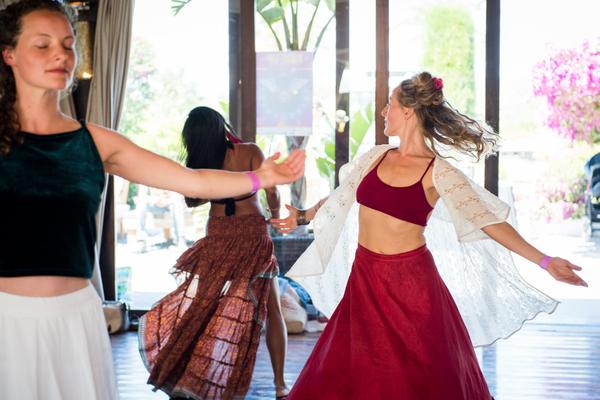

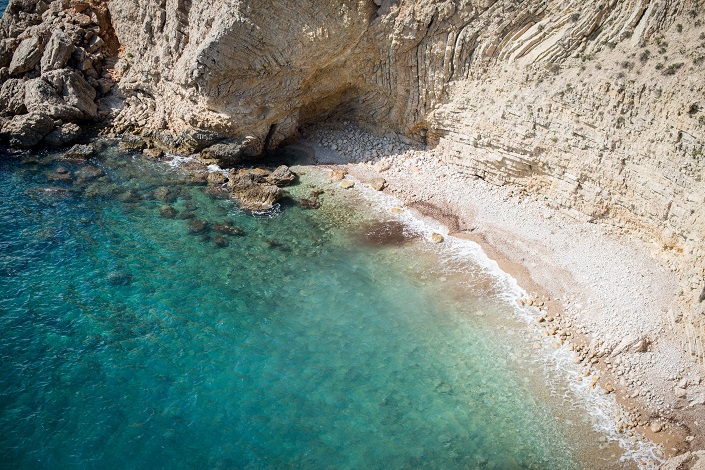
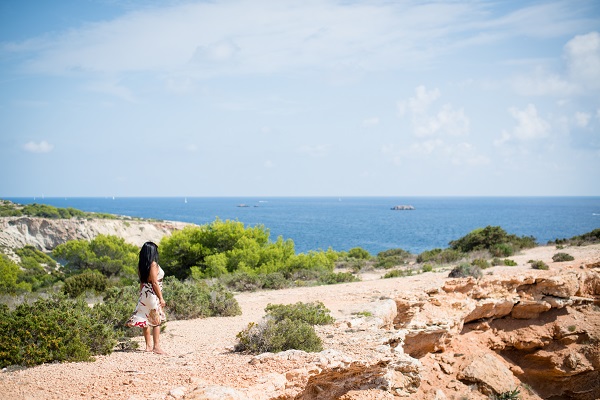
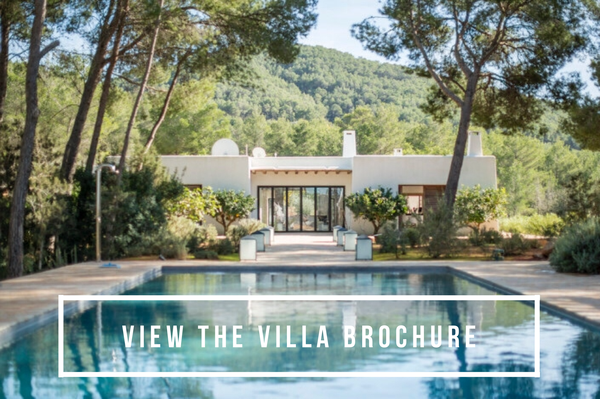



 Getting divorced was the hardest experience I’ve had up until now. It was frustrating, emotionally crippling and felt like spiritual abandonment. The experience forced me to face my darkness and to face what choices had brought me to this moment. Why I had separated with a partner who I had pledged to spend a lifetime with. I do not commit easily and when I do, it’s for deep soul partnership. When that dream shattered, I became lost.
Getting divorced was the hardest experience I’ve had up until now. It was frustrating, emotionally crippling and felt like spiritual abandonment. The experience forced me to face my darkness and to face what choices had brought me to this moment. Why I had separated with a partner who I had pledged to spend a lifetime with. I do not commit easily and when I do, it’s for deep soul partnership. When that dream shattered, I became lost.